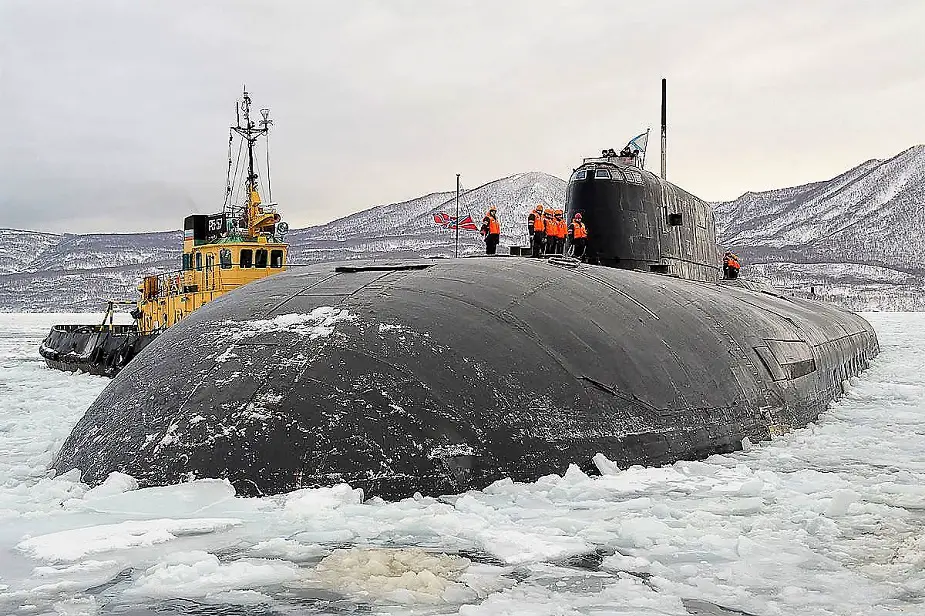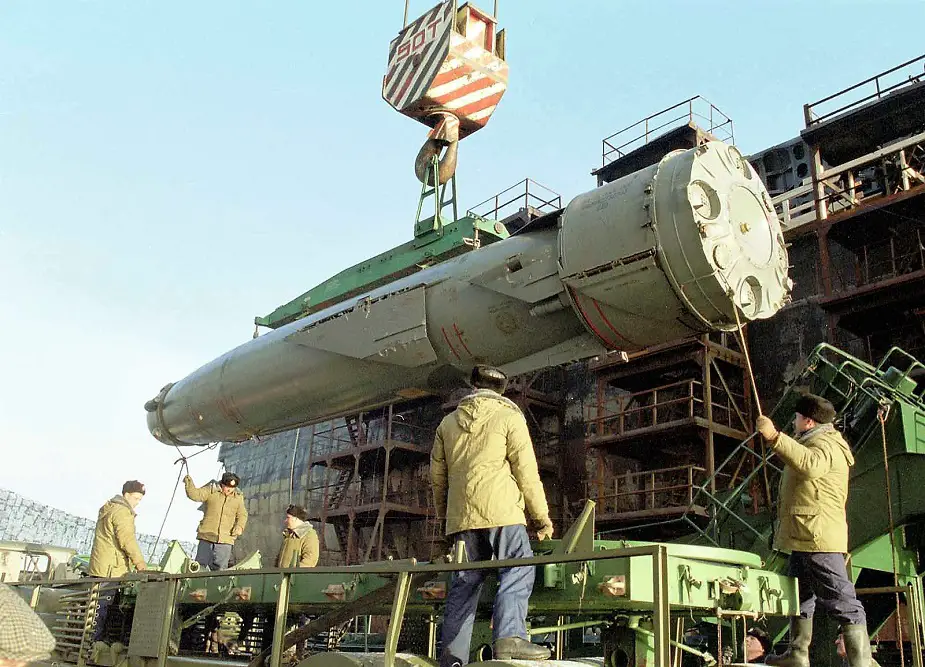Breaking news
Russia Using SSGN-Launched Granit Cruise Missiles to Test S-400 Air Defense.
Russia started using P-700 Granit (NATO reporting name: SS-N-19 'Shipwreck') supersonic antiship missiles launched from submarines to train S-400 air defense. The training was introduced after the Syrian experience was analyzed. It showed that in littoral area the air defense is highly likely to face unexpected missile launches from under the water. Drills began and the Tomsk submarine was the first to hold them, the Izvestia daily writes.
 The Russian Navy Pacific Fleet’s Project 949A (Oscar-II class) nuclear-powered attack submarine Tomsk. Picture: Russian Navy
The Russian Navy Pacific Fleet’s Project 949A (Oscar-II class) nuclear-powered attack submarine Tomsk. Picture: Russian Navy
The Russian Navy command said such training will become obligatory for the air defense deployed in littoral areas in the south and north of the country. It will be regularly held. The drills scenario is based on the Syrian experience.
The first training in summer engaged the Tomsk SSGN and an S-400 regiment deployed in Kamchatka. The submarine launched from under the water Granit antiship missiles remade into S-400 targets.
Such drills are important for air defense regiments deployed in littoral areas as they may be the first to encounter cruise missile strikes fired by submarines. At present S-400 together with coastal Bastion missile complexes are training the strategy to deny access and block A2/AD zone. The two weapons are protecting the Russian naval base in Tartus. S-400 protect Bastions, warships and ground facilities from air and missile strikes.
The Tomsk K-150 SSGN is ideal for such training fire. It is considered one of the most "firing" subs in the Russian Navy. Last year its crew became the best in striking with cruise missiles at sea targets at the contest of the Navy commander-in-chief.
 Unloading of a Granit missile from the Kursk SSGN
Unloading of a Granit missile from the Kursk SSGN
Granit missiles are considered the most complicated targets for the air defense. They were designed to strike at groups of warships, including aircraft carriers. Such a force usually has a mighty air defense. The missile is stored in the submarine in a hermetic launch container with folded wings and fins. During the launch the accelerator pushes out the missile from the silo to the surface.
In the air the Granit unfolds the wings and flies to the target. It is difficult to down such missiles as they fly at supersonic speed by sophisticated trajectory. Granit is equipped with Kvartz jamming stations, reflector and dummy target release devices.
Repelling a cruise missile attack is an important element of air defense training, said Captain 2nd rank Andrey Yefanov who was in command of the combat unit of the Smolensk SSGN of project 949A. "It is good training for the air defense to down high-speed targets which is specifically important at present. The drills are usually held in any weather to acquire the necessary skills. There are many Soviet-era Granit missiles in warehouses. It is cheaper to fire an old missile than utilize it," he said.
Cruise missiles are important for surprise strikes. Last time the US-led coalition with the UK and France delivered a massive cruise missile strike at Syria on the night of April 14 last year. The Russian Defense Ministry said over 100 missiles were fired. The Syrian air defense intercepted most of them, the Izvestia said.
© Copyright 2018 TASS. All rights reserved. This material may not be published, broadcast, rewritten or redistributed.


























